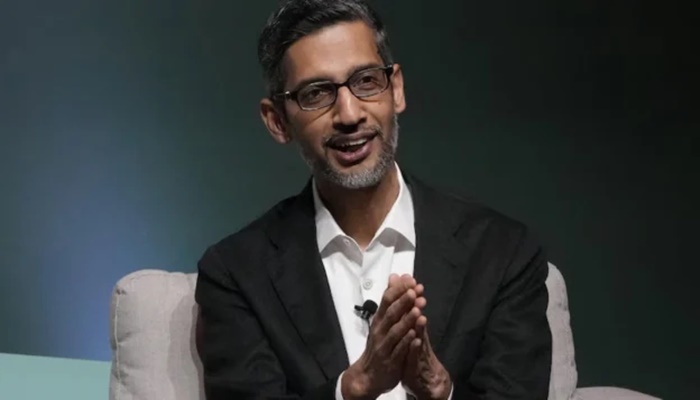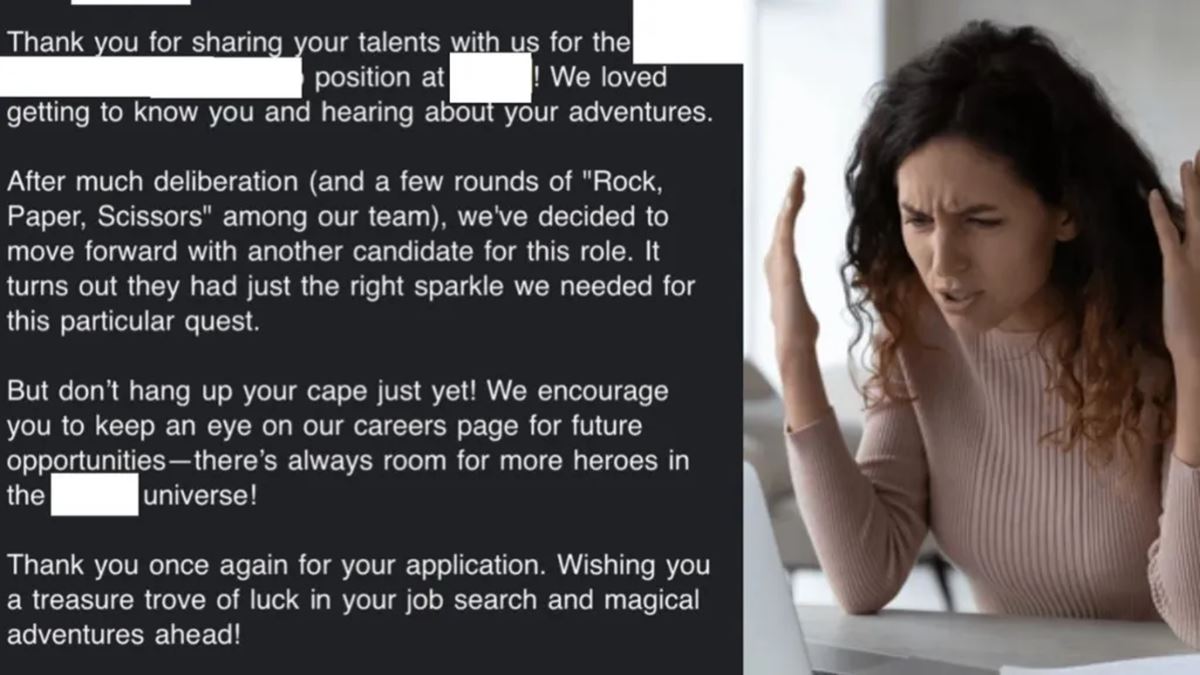In a recent conversation with legendary executive coach Marshall Goldsmith, he didn’t mince words: “Employee engagement right now is at an all-time low. Every HR person is asking, ‘How do we increase engagement?’ It’s been the same question for 30 years, and nothing’s changed.”
That blunt assessment points to a deeper issue: most engagement efforts are well-intentioned but ineffective. Annual surveys, wellness programs, and pulse polls often turn into check-the-box activities rather than genuine opportunities to connect with employees.
When feedback leads to little visible change, people stop believing (and engaging).
The problem isn’t just the tools firms are using but the mindset. Chester Elton, co-author of All In, once told me, “Most strategies treat engagement like a system to fix, not a relationship to build. Engagement has to be designed for soul, not scale.”
The fact is, people don’t engage (or re-engage) because of programs. They do so when they feel seen, challenged, and connected to something that matters. Real engagement happens not through perks, but through meaningful, ongoing conversations: especially between employees and their managers.
“Almost 100 percent of employee engagement talk is about what the company can do to engage you,” Goldsmith said. “There’s zero talk about you taking responsibility for your own life.”
He’s right. Employees have a bigger role to play in the engagement process than ever before. Many, he says, fall into a “victim mindset,” waiting for someone else to fix their motivation. “Take personal responsibility,” he says. “Or expect the status quo.”
That’s the truth. Employees have to take ownership of their energy and growth. But here’s the catch: they can’t do it alone. In my research with more than a million working adults, I’ve seen what really moves the needle. Engagement happens when employees and managers work together to uncover what truly drives each person: whether that’s purpose, impact, recognition, family, learning, autonomy, creativity, or something else entirely.
And it matters now more than ever. With remote and hybrid work, generational shifts, and AI changing the environment, people are quietly asking deeper questions: Does my work matter? Am I seen? Am I growing? Do I have a future here? The managers who can answer those questions—not with a program, but with presence and curiosity—will spark lasting engagement.
Since this is a column on Leadership Strategy, I’ll keep the spotlight here on the manager. Here are a few practical ways leaders can ignite real engagement, with no perks required.
5 Ways Managers Can Spark Engagement
1. Frame engagement as shared ownership.
Engagement isn’t something managers do for employees, it’s something managers build with their people. Meet at least monthly with each direct report for a one-on-one focused solely on their development. Your role is to coach, give honest feedback, and help identify stretch opportunities. Their role is to show up prepared to grow, clarify their goals, invite feedback (even when it stings), and take initiative in their own development. Leadership expert Liz Wiseman calls this the “multiplier effect”: when managers empower employees to take responsibility for their growth, people don’t just stay engaged, they multiply their contribution.
2. Ask deeper questions.
In weekly check-ins on projects, take a few minutes at the end to go beyond task updates. Ask an energizing question: “What’s a meaningful day at work looking like for you right now?” or “Where’s your energy getting drained?” or “What would make your work more fulfilling this week?” These kinds of questions won’t appear in any dashboard, but the answers can transform how someone shows up.
3. Recognize specifically and sincerely.
Generic praise (i.e., “Great job!”) doesn’t move people. Specific, thoughtful recognition sticks. Try something like: “The way you led the system upgrade showed real ownership and your drive for excellence.” When people feel seen not just for what they do, but for what they’re striving toward, they’re far more likely to stay motivated and engaged.
4. Build a proactive, not passive, culture.
Stop outsourcing engagement to HR. Every manager should be having regular, meaningful conversations with their people. When engagement drops, don’t ask, “What perk does HR need to add?” Ask, “What conversation hasn’t happened yet?” And if you aren’t sure where to start, ask your people for their ideas. Engagement starts with listening.
5. Help people reconnect with what energizes them.
Encourage your team members to reflect on the specific tasks that give them energy. Not just things they’re good at, but what makes them feel most alive. Then look for small ways to align their daily work with those drivers. When employees take ownership of their own momentum and feel supported by a manager who sees the person behind the performance, real engagement follows.
Engagement isn’t the result of programs, it’s the result of personalized leadership. That happens one conversation at a time.




















